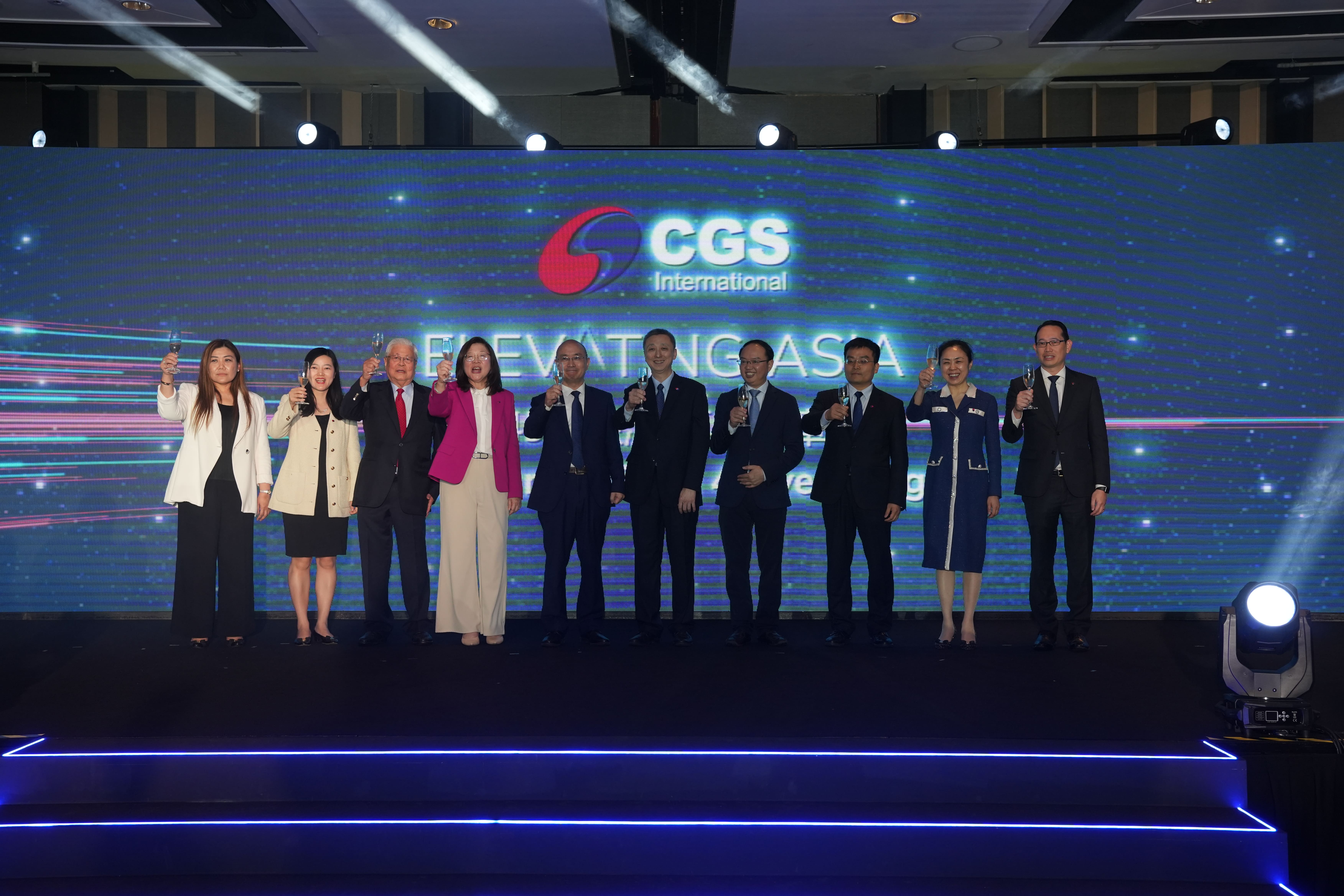Investors employing factor strategies are continuing to increase their factor allocations, exhibiting a long-term perspective and maintaining conviction in the case for factor investing in a challenging year, according to the fourth Invesco Global Factor Investing Study.
This year’s study, the largest of its kind, conducted face-to-face interviews with 241 institutional and wholesale factor investors responsible for managing over US$25 trillion in assets.
Nearly half (45%) of investors surveyed increased factor allocations in 2018, and 59% plan to increase their allocations over the next three years. As a result, average allocations to factor investing strategies have increased from 2018 to 2019 for both institutional investors (from 16% to 18%) and wholesale investors (from 11% to 14%). Meanwhile, 69% of global respondents reported that their factor investing performance met or exceeded expectations.
Stephen Quance, global director, Factor Investing at Invesco, says, “We continue to see a structural change within the industry towards increasing adoption of factor investing through market cycles. Investors are approaching factor strategies strategically and with an increasingly sophisticated understanding of diversification benefits. This receptivity will enable the industry to continue evolving and bring a wider range of factor offerings to the market.”
APAC investors allocate slightly less to factors, but see stronger performance
Aligned with the global trend towards increasing allocation to factor strategies, 55% of Asia-Pacific-based respondents to the study said they intend to increase allocations over the next three years, slightly behind the global figure of 59%. These allocations are likely to be sourced primarily from traditional active (78% of Asia-Pacific respondents) and market-cap weighted strategies (42%).
Asia-Pacific respondents reported stronger overall performance in factor strategies than their global counterparts: 77% of the region’s investors said that factor strategies had outperformed or were in line with expectations compared to traditional active (versus 69% globally). When compared with market-weighted allocations, 75% of the region’s investors said that returns had either outperformed or were in line with expectations (versus 68% globally).
Despite being more likely to having registered outperformance than counterparts in other regions, Asia-Pacific investors rate performance of factor strategies as the most important challenge related to factor investing, slightly ahead of the top challenge identified by global investors of whether to add or remove factors in the portfolio.
In terms of active versus passive implementation, 68% of the region’s respondents preferred an active approach, slightly behind the global sample of 76%. Allocations to active implementation factor strategies are expected to increase further, with 47% of Asia-Pacific investors planning to do so over the next three years compared to 29% of respondents who plan on increasing allocations to passive implementation strategies.
Quance remarks, “Given that traditional active remains the dominant investment strategy across most Asian markets, we would expect that factor allocations would be gauged by Asian investors against their expectations for active management, and such investors would generally prefer a more dynamic factor implementation approach rather than a passive, index-based approach. Ultimately though, factor strategies still need to address the performance challenge that is front of mind for Asian investors.”
Demand for fixed income factor offerings accelerating
Respondents across all regions increasingly see factor investing as a strategy for fixed income. In Asia-Pacific, some 76% of institutional investors and 75% of wholesale investors now believe that factor investing can be applied to fixed income as an asset class – ahead of the global institutional average of 70%. In the past year, 32% of institutional investors and 29% of wholesale investors in the region added fixed income factors, only slightly behind investors in other regions.
Globally investors see yield/carry factor as the most relevant for fixed income, followed by liquidity, value and quality factors. In Asia-Pacific, the results are similar, but with a stronger belief than the global average in fixed income yield/carry, value and low volatility factors.
Despite demand for the application of factor strategies within fixed income, a shortage of appropriate products is still evident, with nearly nine in ten respondents describing this asset class as not well covered by current factor offerings (both by quantity and quality of available offerings).
Noting this shortage of appropriate fixed income factor products, 81% of APAC-based respondents see a need for further product development.
Investors branch out to other factors beyond ‘value’
The study found that respondents have continued to increase both the number of factors they target and their usage of multi-factor strategies. Respondents are also becoming more balanced about which factors to include or exclude.
One of the results is a reduction in reliance on value, one of the first and most widely adopted factors, while concurrently increasing use of other factors such as momentum, quality and low volatility. Despite its relative underperformance in recent years, value remains the factor with the widest level of support among both institutional (86%) and wholesale investors (91%).
Globally, the 12 months preceding March 2019 saw several factor strategies, including momentum, low volatility, and quality, outperforming market-cap weighted indices, while some common factor strategies, including value, underperformed the MSCI World Index.
This was reflected partially in respondents’ experience, with this year’s study participants more likely to report underperformance relative to traditional active and market weighted allocations in comparison to last year.
ESG as a factor remains open question
The study further revealed that a significant proportion of respondents are incorporating Environmental, Social, and Governance (ESG) considerations alongside factors – some 85% of respondents are doing so in parallel and nearly half believe that ESG adoption complements factor investing adoption.
With ESG moving beyond simplistic exclusion of securities to include quantitative scoring, questions arise as to whether ESG and factor investing are potentially synergistic or in conflict. In Asia-Pacific, nearly half of investors (48%) believe ESG considerations are complementary to factor strategy performance, while 47% see ESG as having no impact and only 5% see ESG as detracting from factor implementation.
Many asset owners remain uncertain about the interaction of ESG and factor initiatives. Over a quarter (28%) of institutional investors see ESG as a factor in its own right, while 40% see ESG as a combination of factors.
At 41%, Asia-Pacific investors are much more likely to see ESG as a variation of the quality factor than their peers in other regions. Some 29% of APAC investors and 25% of investors globally view ESG as an independent investment factor.
There is a recognition that factor investing could be one way to implement ESG objectives. This is particularly the case for environmental aspects, which 79% of Asia-Pacific investors and 84% of investors globally think can be incorporated through factor investing. A large majority of Asia-Pacific investors also believe that social (74%) and governance (70%) aspects of ESG can be integrated through a factor framework, ahead of the global average for both aspects.
Quance concludes, “The study further underscores the market’s increasing comfort in applying factor strategies to fixed income investing, and investors will clearly benefit from a broader range of offerings in this segment, but there is still a lack of consensus around how factors interact with ESG implementation. Building agreement on ‘what is an ESG factor’ will be a critical discussion for factor investors and one which will have major consequences for ESG investing.”









